Big Apple Sky Calendar: April 2022
In the 1990s, astronomy professor Joe Patterson wrote and illustrated a seasonal newsletter, in the style of an old-fashioned paper zine, of astronomical highlights visible from New York City. His affable style mixed wit and history with astronomy for a completely charming, largely undiscovered cult classic: Big Apple Astronomy. For Broadcast, Joe shares current monthly issues of Big Apple Sky Calendar, the guide to sky viewing that used to conclude the seasonal newsletter. Steal a few moments of reprieve from the city’s mayhem to take in these sights. As Oscar Wilde said, “we are all in the gutter, but some of us are looking at the stars.”
—Janna Levin, editor-in-chief
April 1
Sunrise 6:39 am EDT
Sunset 7:20 pm EDT
New Moon 2:27 am EDT
April 3
First day of Ramadan (1443 A.H.). Ramadan is the 9th month of the Islamic calendar, and calls for fasting during all daylight hours throughout the month. The months are true months (starting with the first sighting of the young lunar crescent), rather than the mathematically cooked-up 30- and 31-day versions in common civil use for the last ~2000 years.
Therefore the Islamic calendar is a strict luni-solar calendar. Year zero corresponds to year 622 CE—the Hegira, when Mohammed and followers fled from Mecca to Medina. Check the math: 622 was 1400 years ago in civil reckoning, and the difference (1443 rather than 1400 years) arises because each lunar year (12 months of 29.53 days) is just 354.4 days. Seriously: check it.
Same deal (luni-solar) with the ancient Chinese calendar: 12 months of 29.53 days. With 354.4-day years, the civil-calendar date of Chinese New Year moves around. A “moveable feast.”
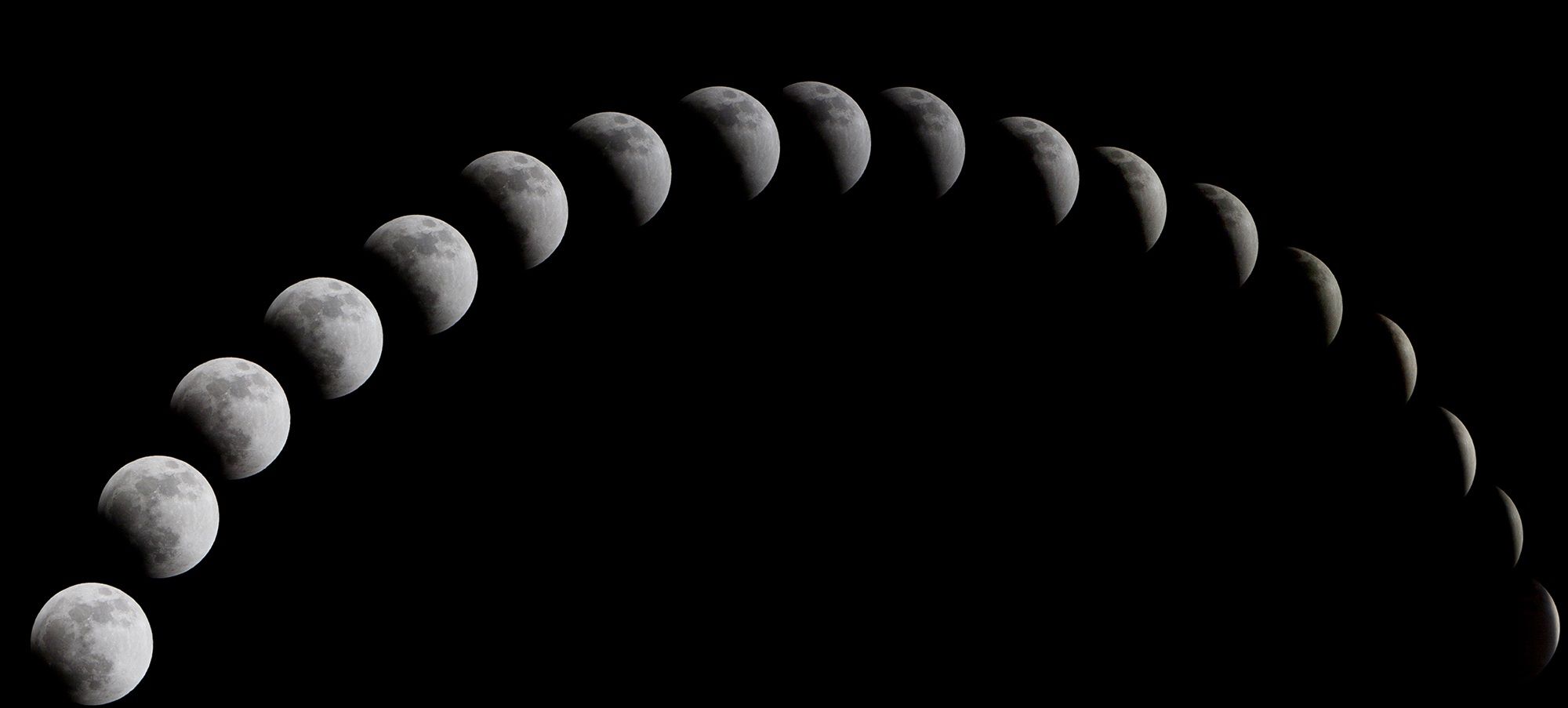
April 2-5
On these four mornings, Venus, Mars, and Saturn will show off some fancy dance steps as they cavort closely together in the eastern pre-dawn sky. On April 5 (Tuesday morning), Mars and Saturn appear in the same telescope field. Break out the binoculars and cameras, and get thee to a good observing spot (access to the eastern horizon, around 5-5:30 am any of these mornings).
April 8 (of the year 2024)
OK, we're jumping the gun by two years. But the good seats are going fast. This is 738 days after the first New Moon of April 2022…and that means 25.000 lunar cycles. Most significantly, it’s a New Moon which lies exactly on the plane of the Sun’s orbit (“the ecliptic”), which means that a total eclipse of the Sun will occur, and that 2024 eclipse will be perfectly timed for USA observers. The shadow marches from central Texas through Arkansas to northern Ohio to upstate New York, Maine, and Canada's maritime provinces, before “falling off the Earth” at sunset. The day will be magical in those regions. It’s a nearly perfect repeat of the March 7, 1970 eclipse—the event that drove me to buy my first telescope (the next day).

April 9
First quarter Moon. Tonight, it’s a few degrees South of Castor and Pollux, the Gemini twins.
April 9 and 10
On these dates, the Northeast Astronomy Forum was supposed to be held at Rockland Community College in Suffern, NY (it was postponed). This is a large (maybe a thousand people) gathering of amateur astronomers plus people who want to sell them things. Telescopes, cameras, spectrographs, magazines…a veritable AstroToysRUs celebration. A few popular talks on science subjects too, especially if they intersect with amateur astronomy (eclipses, etc.).
April 10
Three years ago today, the world saw the first photograph of a black hole. Throughout the 20th century, evidence accumulated for the existence of black holes; and by century’s end, their existence was no longer doubted. But as for whether they could be seen…well, that seemed like a weird concept—almost a contradiction in terms.
Then a bunch of ambitious radio astronomers, scattered around the world, networked their telescopes to simulate an Earth-sized telescope. They found a small black dot right in the middle of the giant galaxy M87—right where the motions of nearby stars suggested the presence of a billion solar masses in a tiny region. This seemed to be the galaxy’s exact center, where gravity clenches the stars and gas in a tight spiral—to invisibility. Where all that gas was swirling in, there was not light but blackness. The black hole had been photographed.
They called their multi-telescope instrument the Event Horizon Telescope. We’ll surely hear much more from this several-hundred-astronomer collaboration.
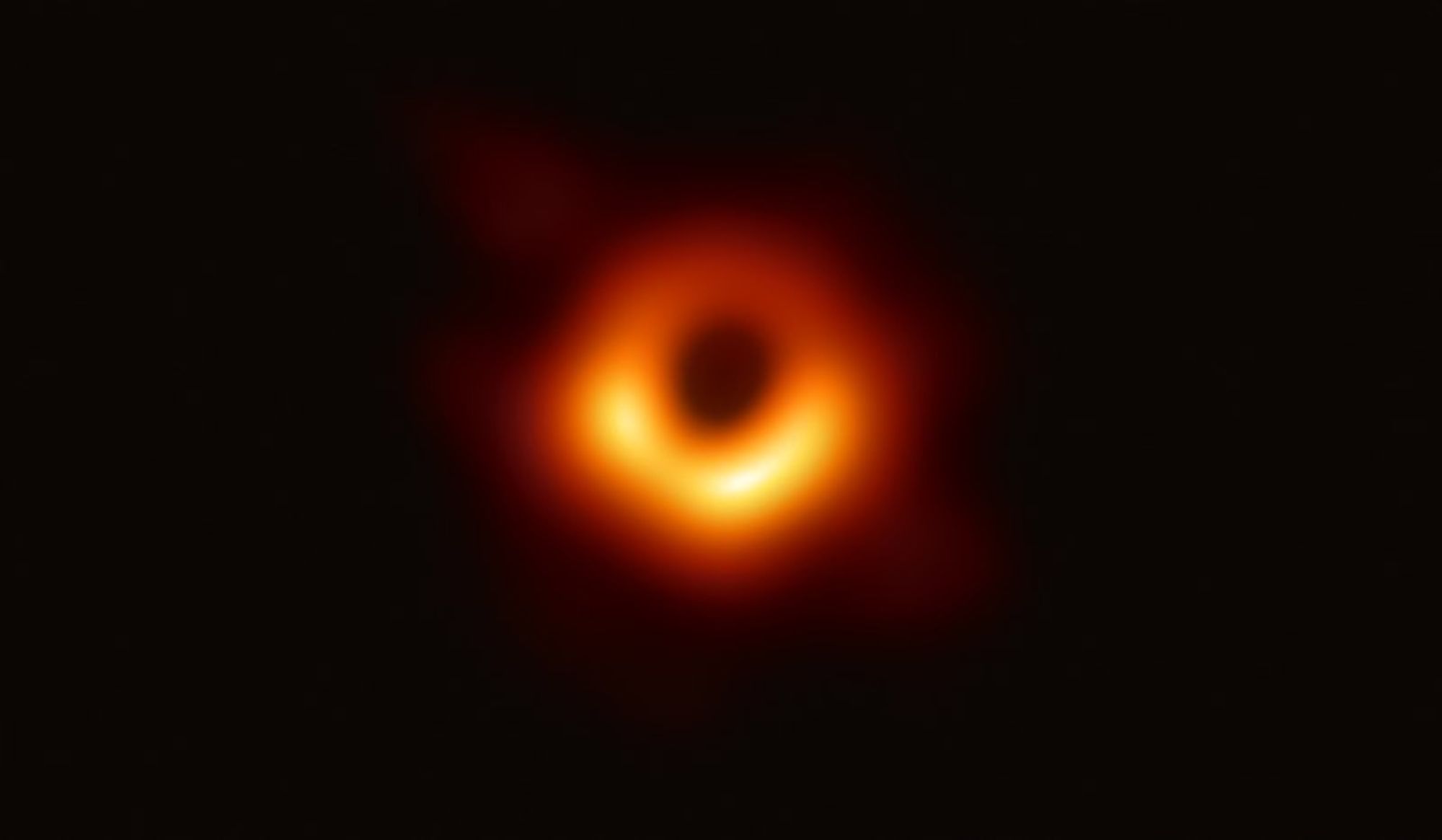
April 12
Anniversary of the first mission to send a human into Earth’s orbit. The spacecraft Vostok 1 carried the Soviet cosmonaut Yuri Gagarin around the Earth (one orbit) on April 12, 1961.
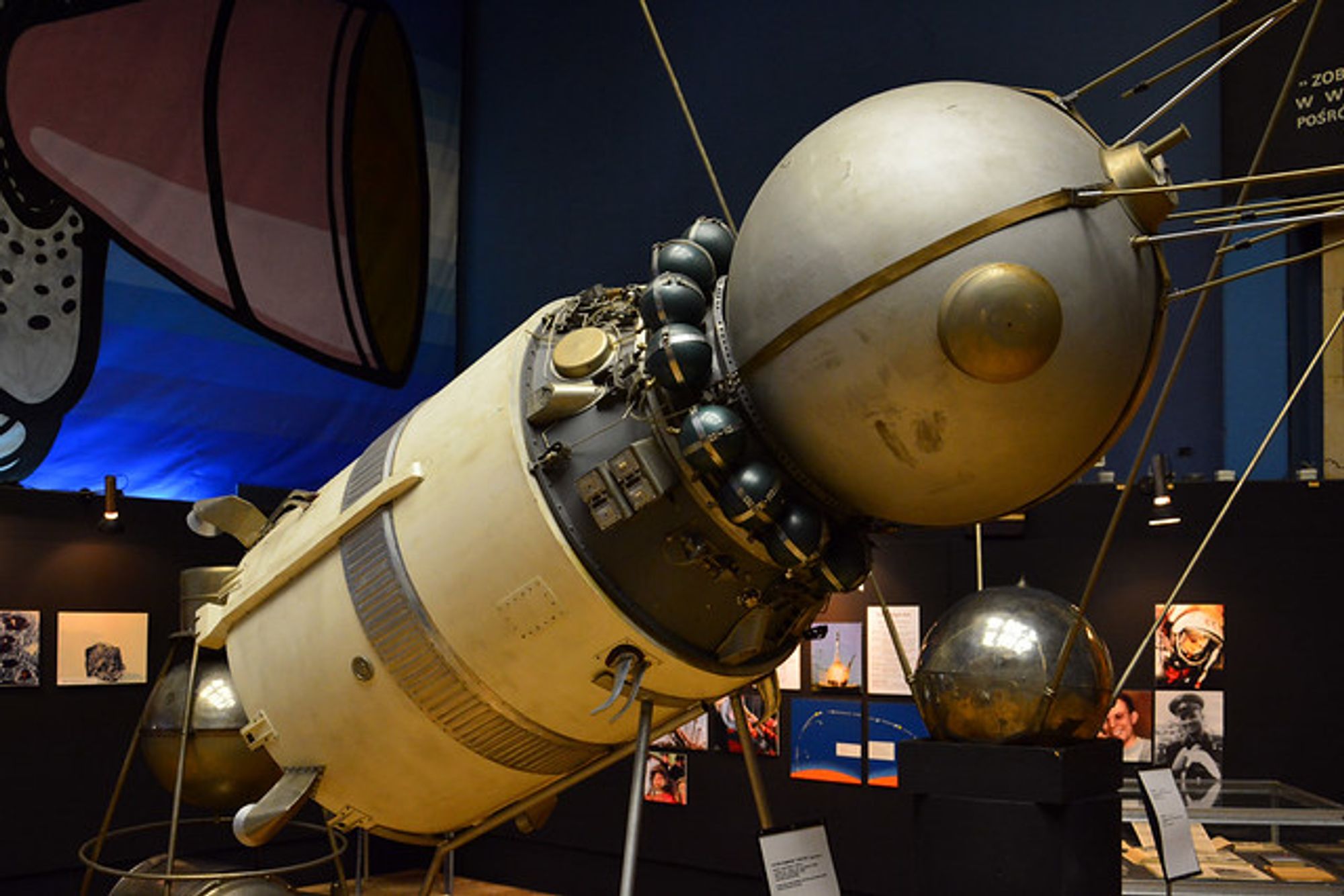
April 15
Sunrise 6:17 am EDT
Sunset 7:35 pm EDT
April 16
Full Moon 2:56 pm EDT
April 17
Easter. Easter is late this year. The convention is “first Sunday after the first Full Moon on or after the vernal equinox.” The vernal equinox this year was March 20, and the March full moon was March 18. So we just barely missed the earliest Easter imaginable. All of this results because the Easter events in the Christian Bible are linked to Passover, which is governed by a luni-solar calendar.
April 21 (1910)
Mark Twain's death, just one day after Halley's Comet reached perihelion (closest point to the Sun). The previous year, Twain had written “I came in with Halley's Comet (1835). It's coming again next year. The Almighty has said, no doubt, here are these two unaccountable freaks. They came in together; they must go out together.”
Some readers might remember Halley’s 1986 visit. It was perhaps the worst one on record. When the comet reached perihelion (closest point to the Sun), it was nearly behind the Sun, hence hardly visible from Earth. A few months before and after, it could be seen, but low in the sky for northern observers. There were some great comets several years earlier…and many people who “remember” Halley are actually remembering a different comet.
Unless what they are remembering is the long lines (sometimes >200 people) at telescopes that year. That could only be Halley.
The comet’s biggest puzzle is: how to pronounce its name? In the aftermath of the 1986 visit, a journalist tried to settle this by calling every person named “Halley” in the London phone book, and asking: how do you pronounce your name? The most common answer was: “none of your business.” Second place was “hall-ey” (as in City Hall). The usual choices for the comet—“Hayley” and Halley like “Harry”—limped in third and fourth. Still a mystery.
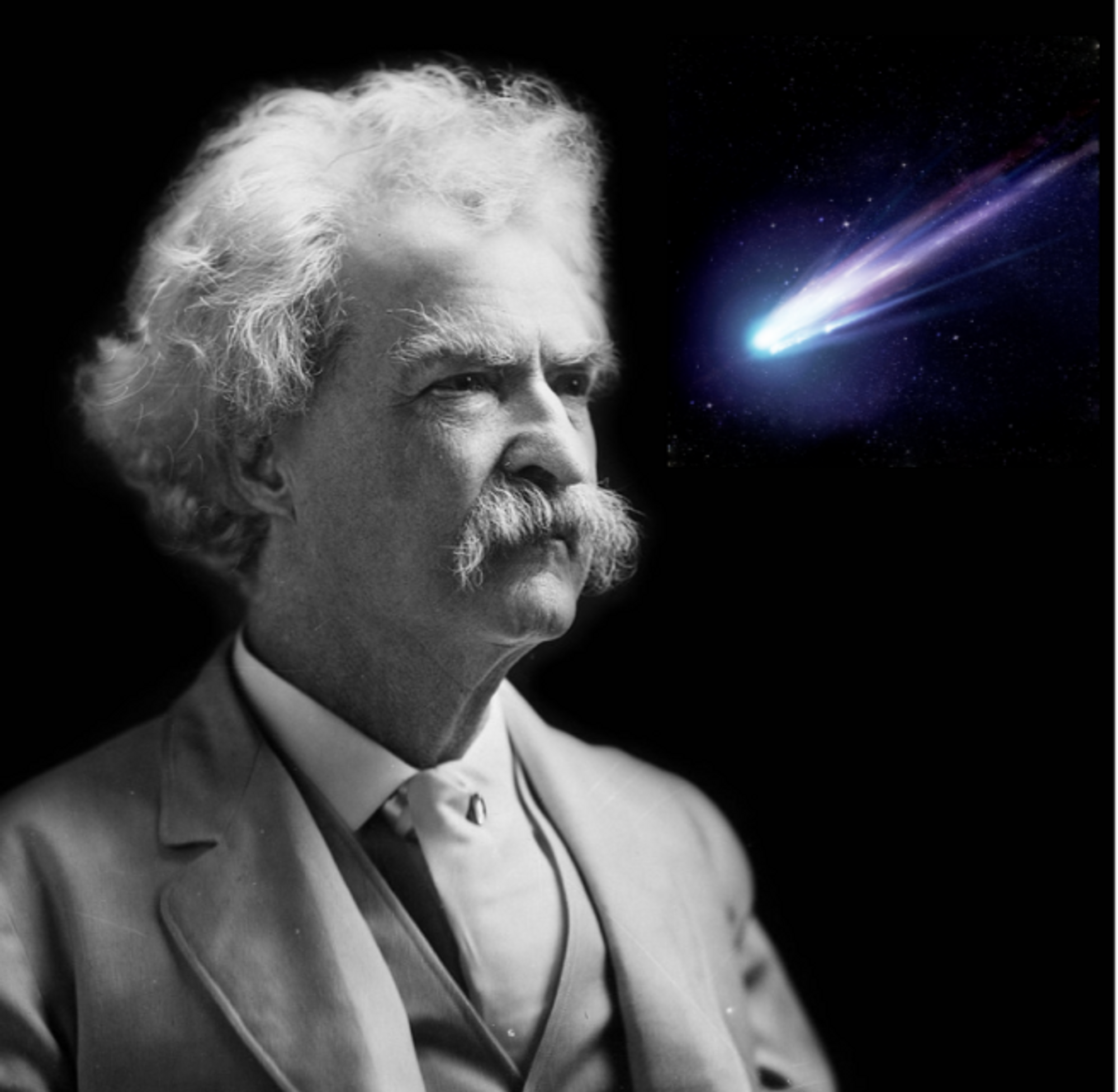
April 22
Last quarter Moon: rising around midnight, directly south at sunrise.
April 22 (1754)
Immanuel Kant’s birthday. Before wandering off to become the greatest philosopher since Aristotle, the young Kant was fascinated by astronomy, and wrote a very insightful book about galaxies (“nebulae,” as they were then called). He thought they were vast collections of stars—much like the Milky Way, but at great distances. A century later, astronomers would argue vehemently over this; indeed, it was the most vexing issue of their time (see the Shapley-Curtis debate below). New telescopes and discoveries in the 19teens-1920s proved that young Immanuel had it right all along.
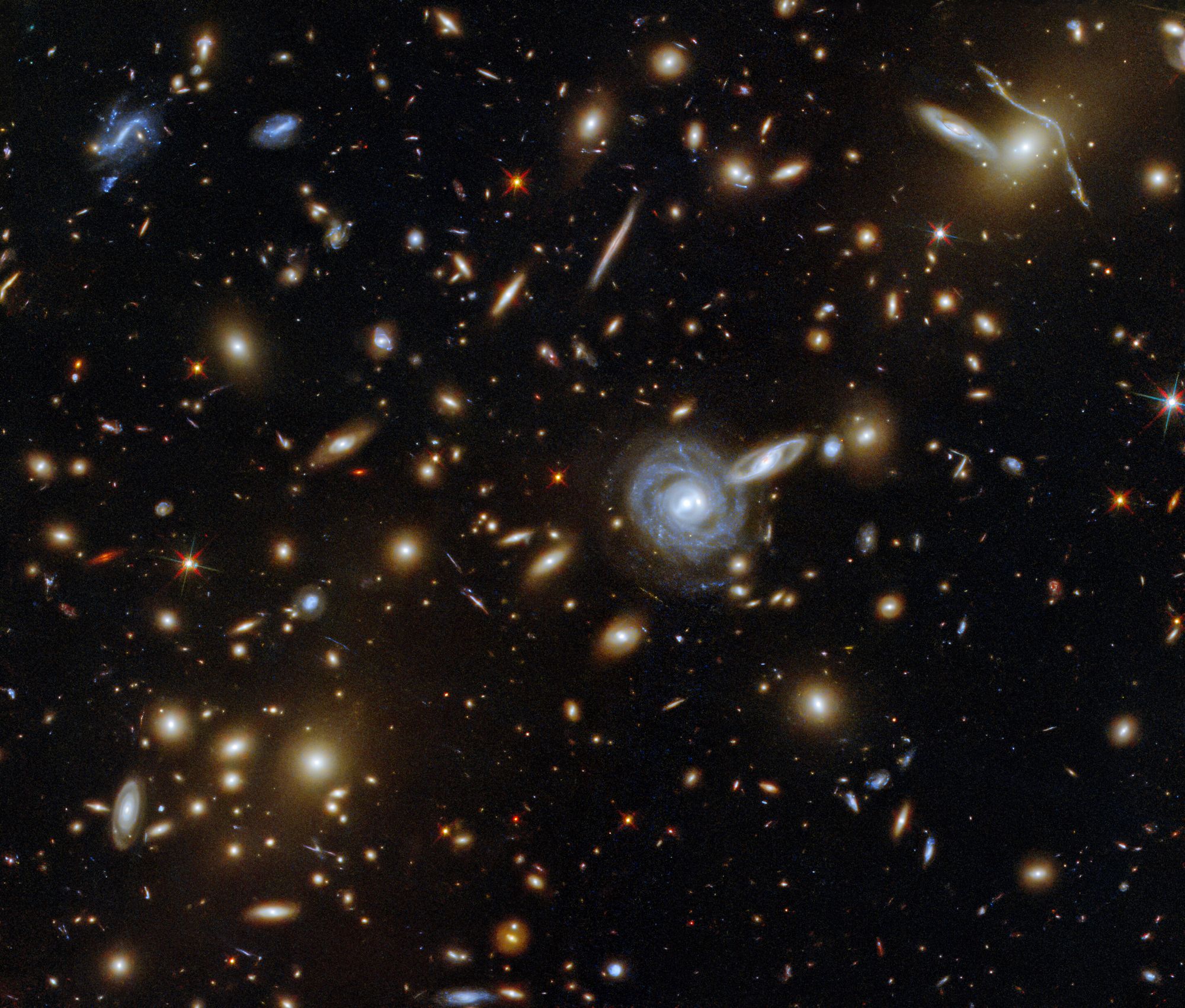
April 26
On this date in 1920, the famous Shapley-Curtis debate occurred before the National Academy of Sciences. The topic: what exactly are the little smudges in the sky known as “spiral nebulae”? Heber Curtis (University of California) said: they’re large systems of stars, very much like the Milky Way, but at great distances. Harlow Shapley (of Harvard) said, nope, they’re just what they look like: nearby little smudges of gas and stars in the only real Galaxy that exists, the Milky Way. Each competently presented the evidence favoring their opinion. But the new observations of the 1920s proved emphatically that Curtis was correct—and that many of the little smudges were “island universes” at great distances. (Side note: neither seems to have referenced Kant. Broaden your reading, guys.)

April 27
Big traffic jam in today’s morning sky: the Moon, Venus, and Jupiter are all huddled together, within a 5-degree circle in the eastern sky. Wow. Really nice visual and photographic spectacle! Views on all these late-April mornings (25-30) will be not too shabby either.
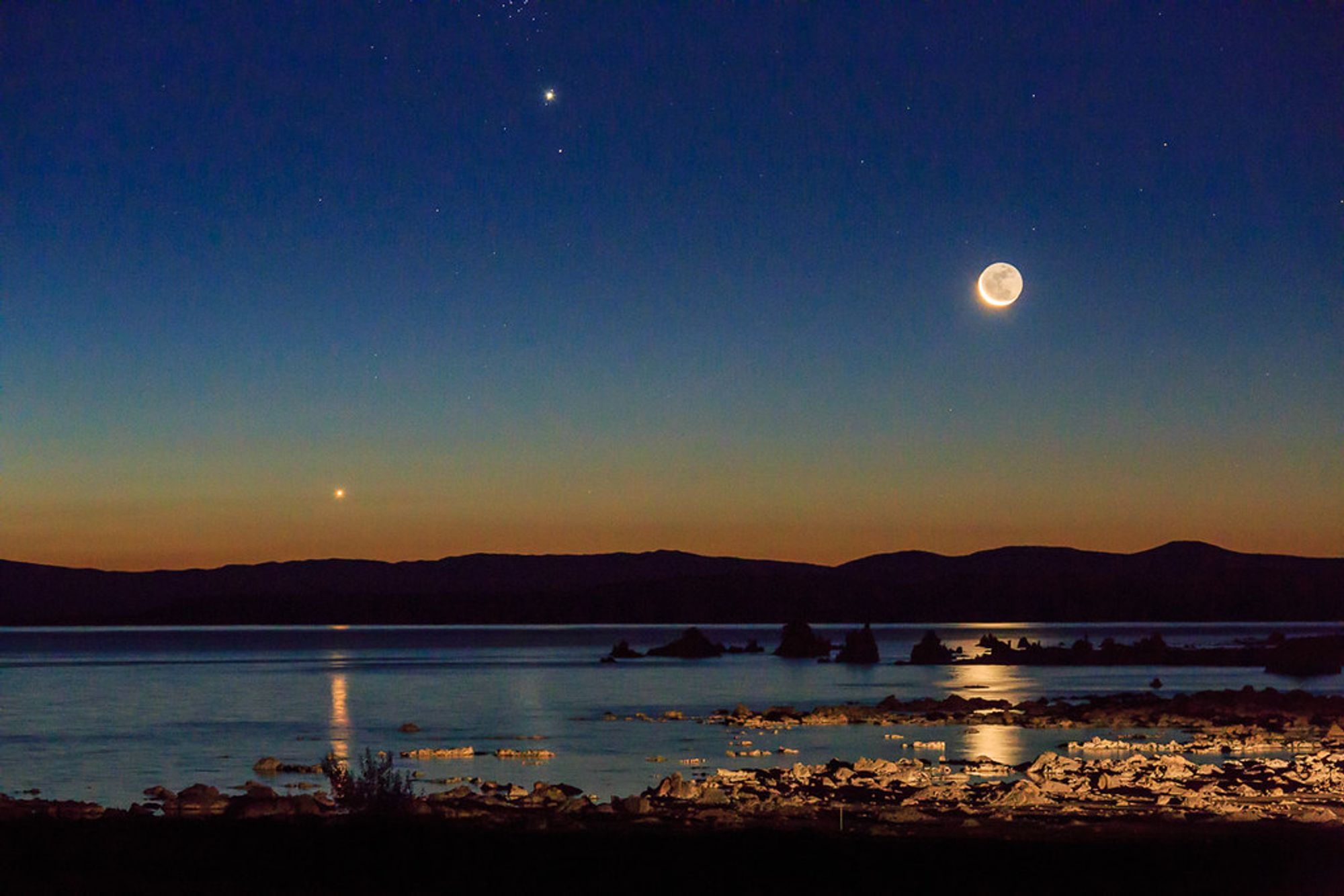
April 30
New Moon 4:30 pm EDT. Congratulations to the Moon today: it’s very difficult to squeeze TWO new moons into a 30-day month. Exercise left to the reader: just how frequently will this occur? In apparent celebration of this rare feat, there will be a partial eclipse of the Sun today—at the exact time of its accomplishment. But just barely—the “shadow” just grazes the Earth over southern Chile and Argentina.
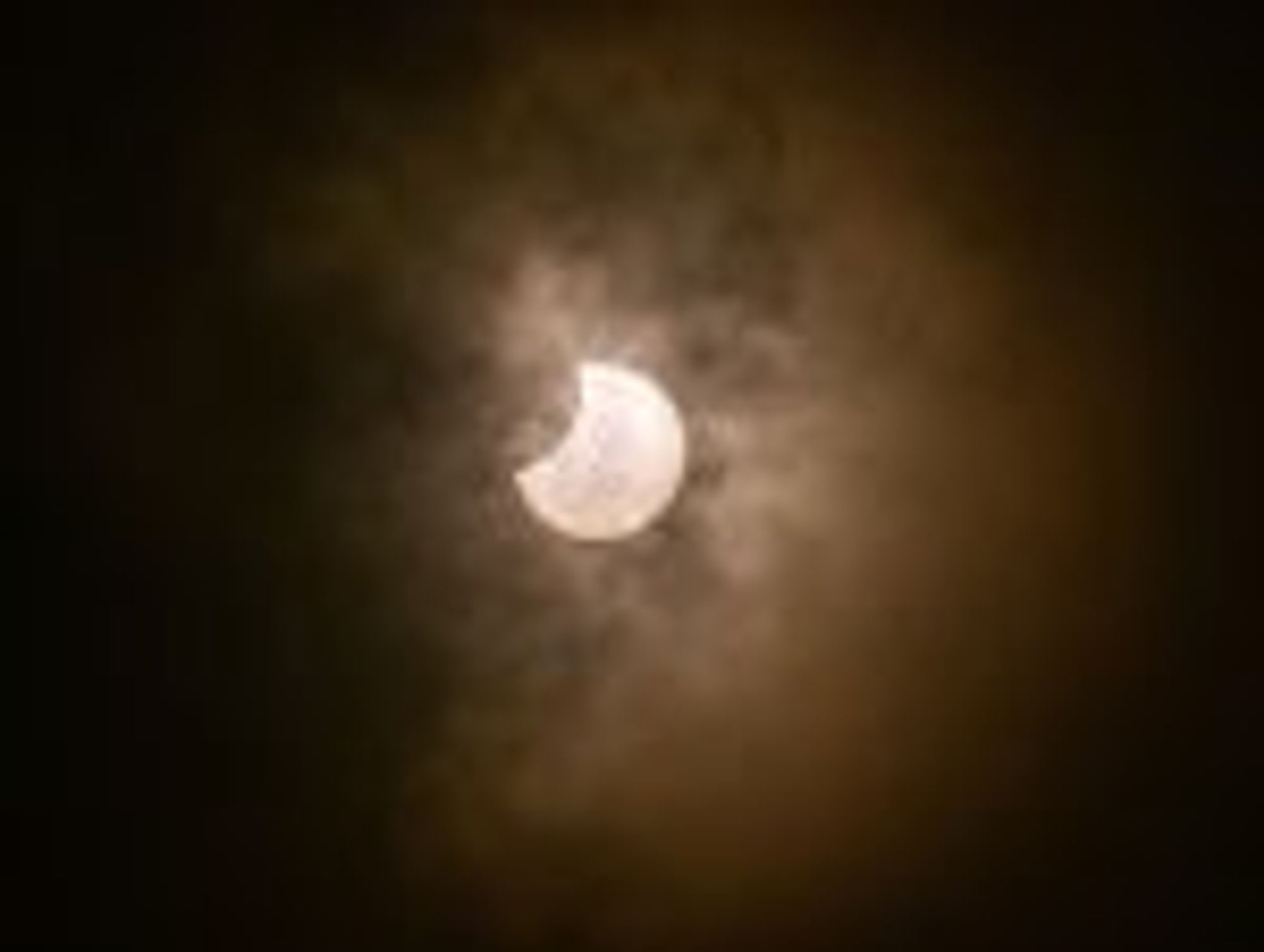
April 30
Sunrise 5:55 am EDT
Sunset 7:51 pm EDT ♦
Subscribe to Broadcast